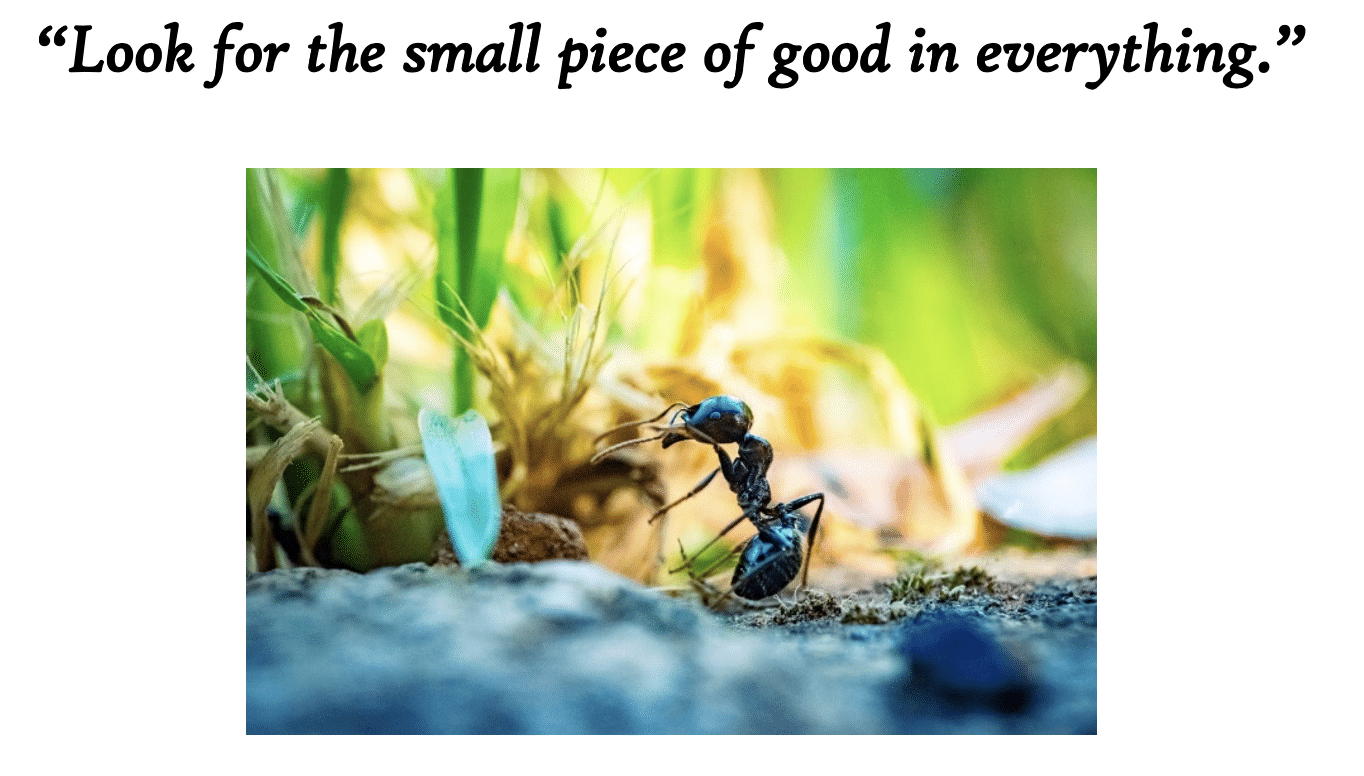Putting A Little Bit More Happiness Into Your 2021

People get the wrong ideas about the individuals we call “stoics.” Most people think of philosophers who are unemotional and tend to refrain from enjoying themselves in any way possible. This really could not be further from the truth. Both a historical understanding of this issue, as well as a psychological understanding of this issue, is an important thing for leaders as we move into 2021.

Stoics were (are) focused on maximizing pleasure and minimizing pain – in reality, not an unreasonable goal. They thought that the best way to get through life was to not exaggerate or indulge in negative emotions, if at all possible. Stoics actually tended to be fairly happy people. They were the ones who were not racked with worry or obsessed with things they could do nothing about. There are a couple of practices that we can learn from stoics that can be used to improve ourselves as leaders when we come to work.
One of the easiest and most important ones is to find a new way to use gratitude appropriately. By now, many of us have learned a lot about how to use gratitude and understand its importance, and some of us are even trying to practice this on a regular basis. However, this practice can sometimes be a little stale, and it can sometimes be frustrating when you feel like you have less to be grateful for. Stoics learned to look at it from another direction, as well.

Stoics also suggest looking at things you may think of as obligations and then, just for a minute, consider what it would be like to not have them. A common example is tucking your kids into bed. Sometimes getting your kids down in the evening is complicated and at a time you are already tired. Imagine, just for a couple of seconds, what it would be like if one of those children were not in your life. That twinge of sadness shows you the real gap between what you have and what you might not have. Another way to look at this would be to think about the people at your office. Think about what would happen if you lost all of those people. Again, the twinge of sadness is the indication that you might appreciate them more than you realize.

Finally, stoics tend to look for the small piece of good in everything. This is not pretending that the news is not bad, but recognizing that there is some small good in it. People that show the best outcomes after serious diagnoses tend to do this. They have some reaction like, “At least I have the kind of cancer that is operable,” or “I’m glad this happened to me now rather than when I had little kids at home.” For the pandemic, think about the one or two things that were positive changes for you. For many of us, we were able to skip our commute to work often, spend more time with our families, or reconnect virtually with people in our lives. In a purer business context, many of our companies learned that we would succeed in a more virtual environment, or that the people around us were more courageous than we imagined, or that our businesses were more resilient than we gave them credit for.
Regardless, stoics learn to appreciate the good that comes even from bad.
All it takes is a couple of seconds to try one of the above approaches, to see what we can learn from being a little more stoic. These are timely practices for leaders to utilize as we move into 2021.

Another thanks to Hidden Brain for a great podcast on stoicism. Link below:
https://hiddenbrain.org/podcast/minimizing-pain-maximizing-joy/
